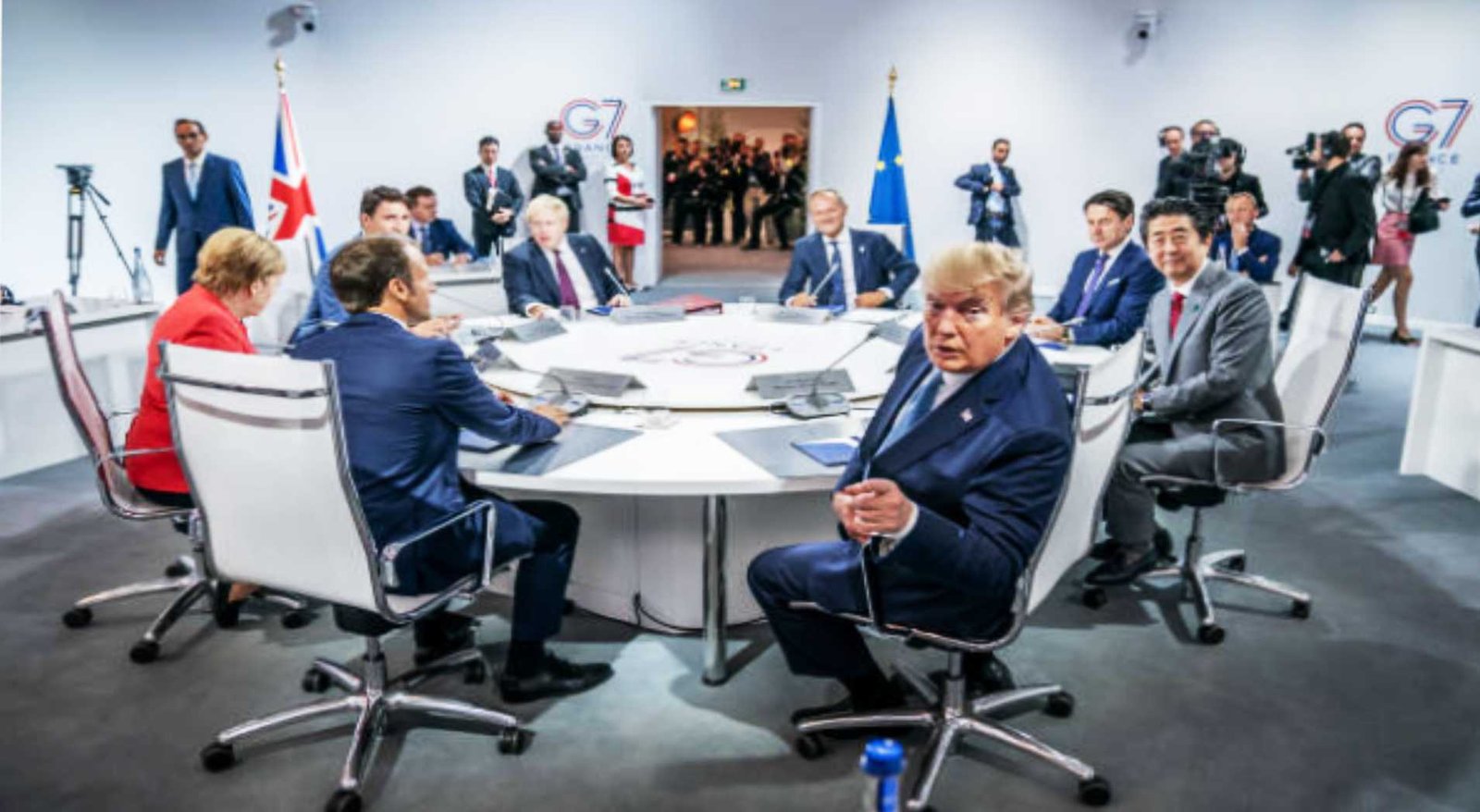Introduction
EU regulations have imposed fines totalling €1.2 billion on U.S. tech companies in 2025 alone.
These include €200 million against Meta, €500 million against Apple, and €530 million against TikTok. Furthermore, companies face substantial compliance costs and significant penalty exposure.
As a result, US tech firms have had to undertake major operational overhauls including in relation to data localization, service customization, and compliance infrastructure.
In Parts 1, 2 and 3 of Ronin Legal’s ongoing series on how EU tech regulations have led to tensions with the Trump administration, we analysed the EU’s efforts to curb US tech dominance through legislation [including the Digital Markets Act (DMA) and the Digital Services Act (DSA)], digital taxes and enforcement actions.
In this, the final instalment of the series, we examine the economic impact of EU regulations on US tech companies and examine the Trump administration’s claims that such regulations constitute economic coercion.
Economic Impact on US Tech
1. Compliance Costs and Operational Overhauls
EU regulations have compelled major operational overhauls for U.S. tech giants. As a result, compliance costs have risen dramatically, averaging $430 million annually per company. Additionally, companies face exposure to an additional $4.3 to $12.5 billion in yearly litigation and penalties. Many firms have turned to specialized technology law firms to navigate this complex regulatory environment, manage compliance risks, and defend against enforcement actions.
Google restructured its EU services in response to these requirements. The company launched standalone comparison-shopping platforms and browser choice screens to meet DMA mandates. Similarly, Apple modified iOS to allow sideloading and third-party app stores. This required extensive engineering for EU-specific versions.
2. Market Dominance
These changes increase costs and complexity significantly. However, Google’s 90%+ search share and Meta’s platform growth show sustained dominance. Meanwhile, privacy-focused services like Signal and European startups (e.g., Revolut, Klarna) are gaining traction. Nevertheless, US firms’ market lead persists.
Long-term, the DMA and DSA may foster competition by lowering entry barriers. However, immediate shifts are limited.
Strategic Responses by US Tech Firms
1. Data Localization and Infrastructure Investments
To navigate EU rules, US tech companies are adapting strategically. For example, Google and Meta have localized data storage. They are building EU-based data centres to limit GDPR exposure.
Apple established a Dublin compliance hub to tailor iOS for DMA requirements. Similarly, Microsoft has pledged a “European Cloud for Europe” with localized data controls. Amazon has launched a separate EU cloud to meet stricter privacy standards.
2. Service Customization and Compliance Teams
Firms are also customizing services accordingly. Meta offers EU-only privacy settings like ad targeting opt-outs. Google restricts data integration through sovereign controls. Microsoft keeps customer data within the EU.
These efforts involve hiring legal and engineering teams, with many organizations working closely with data protection law firms to ensure their privacy features comply with local and EU-wide mandates. Companies are accepting higher costs for market access. Additionally, advocacy at forums like the US-EU Trade and Technology Council aims to soften regulations. However, progress is slow.
Geopolitical And Trade Implications
1. Trump Administration’s Response
The EU’s regulations have strained US-EU relations significantly. Therefore, these tensions reinforce the Trump administration’s claims of economic coercion. At Davos in January 2025, Trump denounced EU fines as “unfair taxes.” He threatened retaliatory tariffs on European goods.
In June 2025, he escalated rhetoric further. Trump announced the suspension of trade talks with Canada. He labelled its proposed digital services tax (DST) as an “egregious tax on American innovation.” Additionally, he warned of broader economic retaliation against countries targeting U.S. tech firms.
2. Congressional Action on Digital Services Taxes
As covered in Part 2, DSTs continue to divide the United States and its trading partners.
In a significant development, Congress has removed Section 899, the so-called “revenge tax,” from its reconciliation package. This followed a Treasury Department agreement with G7 nations under the Organization for Economic Cooperation and Development (OECD) Global Tax Deal framework.
The proposed measure would have authorized U.S. authorities to impose up to a 20-percentage point surtax on companies, investors, or individuals from countries imposing unilateral DSTs. The surtax would have been phased in over four years. Lawmakers had previously denounced such taxes as protectionist and discriminatory. They framed them as unfair trade barriers.
The decision to drop Section 899 reflects a shift toward diplomatic progress. However, tensions persist as multilateral tax talks under the OECD and G20 framework face ongoing challenges.
3. WTO Disputes and Regulatory Fragmentation
Amid these tensions, the U.S. claims at the WTO that EU digital regulations unfairly target American companies. They argue these rules restrict market access. The EU responds that its rules are applied equally to all firms. They state these regulations are designed to protect consumers and ensure fair competition, not to privilege European businesses.
This rift risks fragmenting the global internet. The EU’s “Brussels Effect” sets standards adopted by Canada, India, and others. Meanwhile, the US favours lighter regulation.
Talks at the OECD and WTO have stalled. This highlights a deeper clash in ideology. Europe’s insistence on regulatory sovereignty stands in contrast to the U.S.’s preference for a market-led framework.
The Future of EU Regulation
The EU aims to broaden its digital rulebook through several measures. These include the NIS2 Directive on cybersecurity, revisions to the AI Act, and new liability regimes addressing misinformation and emerging virtual environments.
Additional national regulations in countries like France and Germany further complicate the landscape. Consequently, this heightens the risk of regulatory fragmentation.
These developments will raise compliance costs and shape global norms. Countries like Australia and Japan are aligning with EU standards. The US, resisting heavy regulation, faces challenges harmonizing global operations. This potentially deepens the transatlantic divide.
Authors: Shantanu Mukherjee, Alan Baiju, Mohak Vilecha








































